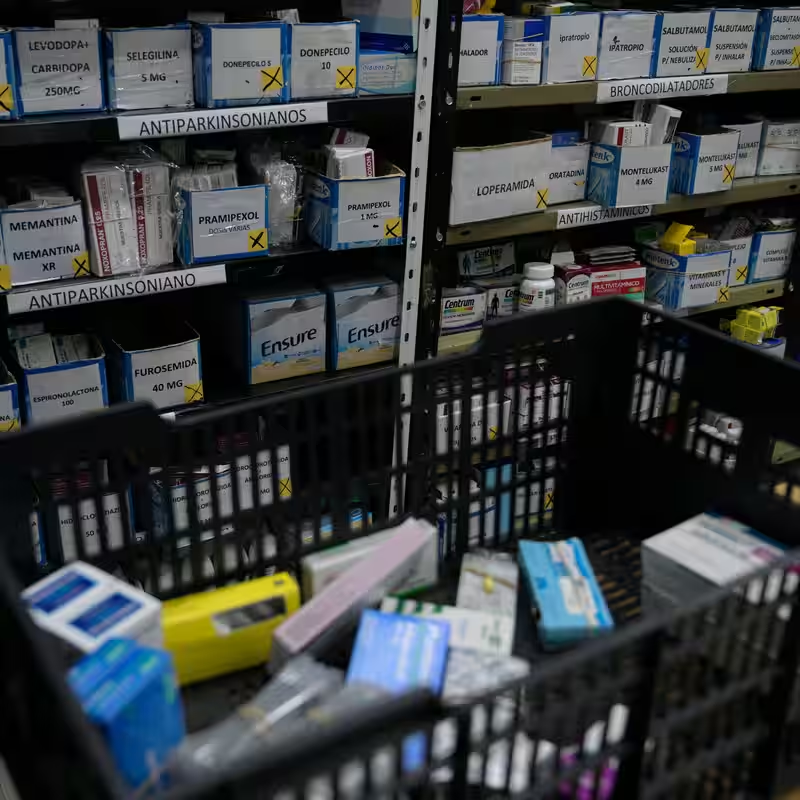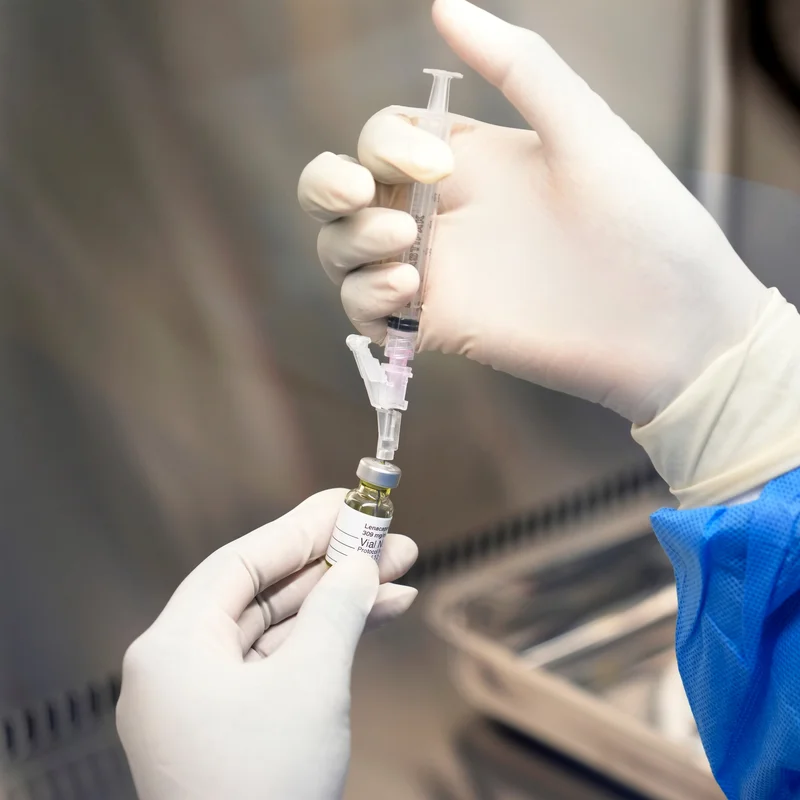Table of Contents
- Global Alarm as Antibiotic Resistance Soars
- What Is Antibiotic Resistance?
- WHO Data Breakdown: Regions at Highest Risk
- Common Infections Becoming Untreatable
- Why This Is Happening—and How to Stop It
- Sources
Global Alarm as Antibiotic Resistance Soars
In a stark new warning that could reshape global public health strategy, the World Health Organization (WHO) announced on October 13, 2025, that one in six infections worldwide is now resistant to the most commonly available antibiotics. The finding marks a 15% annual increase in drug-resistant infections—a trend experts call “a slow-motion pandemic.”
“We are running out of time,” said Dr. Tedros Adhanom Ghebreyesus, WHO Director-General. “Antibiotics that once saved lives with a single pill are now failing against routine infections.”
The implications are dire: urinary tract infections, gonorrhea, E. coli, and other once-treatable conditions are becoming harder—and sometimes impossible—to cure, leading to longer hospital stays, higher medical costs, and increased mortality.
What Is Antibiotic Resistance?
Antibiotic resistance occurs when bacteria evolve to withstand the drugs designed to kill them. This natural process is accelerated by the overuse and misuse of antibiotics in humans, animals, and agriculture.
When antibiotics are used unnecessarily—such as for viral infections like colds or flu—or when patients don’t complete their full course, surviving bacteria can develop mutations that make them immune to future treatment.
“It’s not just about new superbugs,” explained Dr. Helen Boucher, an infectious disease specialist at Tufts Medical Center. “It’s about old, common bacteria turning deadly again because our medicine cabinet is empty.”
WHO Data Breakdown: Regions at Highest Risk
The WHO’s 2025 Global Antimicrobial Resistance Report analyzed data from over 100 countries. Key findings include:
| Region | Resistance Rate | Compared to Global Average |
|---|---|---|
| Southeast Asia | 1 in 3 infections | ~2x higher |
| Eastern Mediterranean | 1 in 3 infections | ~2x higher |
| Global Average | 1 in 6 infections | Baseline |
| Europe | 1 in 10 infections | ~40% lower |
| Western Pacific | 1 in 9 infections | ~30% lower |
Alarmingly, nearly 40% of the most commonly used antibiotics are now ineffective against prevalent bacterial strains.
Common Infections Becoming Untreatable
Among the most affected conditions:
- Urinary tract infections (UTIs): Caused by E. coli, now resistant in up to 50% of cases in parts of Asia.
- Gonorrhea: Once easily cured, now classified by WHO as a “priority pathogen” due to multidrug resistance.
- Post-surgical infections: Increasingly caused by drug-resistant Staphylococcus aureus (MRSA).
- Pneumonia and sepsis: Mortality rates rising as first-line antibiotics fail.
“I had a patient last month with a simple kidney infection,” said Dr. Amina Khalid, a physician in Karachi. “We cycled through five antibiotics before finding one that worked. She almost died.”
Why This Is Happening—and How to Stop It
Experts point to three main drivers of the crisis:
- Overprescription: Up to 50% of antibiotic use in human medicine is unnecessary.
- Agricultural misuse: 70% of antibiotics in the U.S. are used in livestock for growth promotion, not disease treatment.
- Lack of new drugs: Only two new classes of antibiotics have been approved in the last 40 years.
The WHO is urging governments to adopt “One Health” strategies that coordinate human, animal, and environmental surveillance. It also calls for global investment in rapid diagnostics and antibiotic stewardship programs.
For individuals, the message is clear: Don’t demand antibiotics for colds or flu. Always finish your prescribed course. Never share or use leftover antibiotics.
“This isn’t just a medical issue—it’s a societal one,” said Dr. Boucher. “If we lose antibiotics, we lose modern medicine as we know it.”
Sources
The New York Times: W.H.O. Warns of Sharp Increase in Drug-Resistant Infections
World Health Organization: Antimicrobial Resistance Fact Sheet




